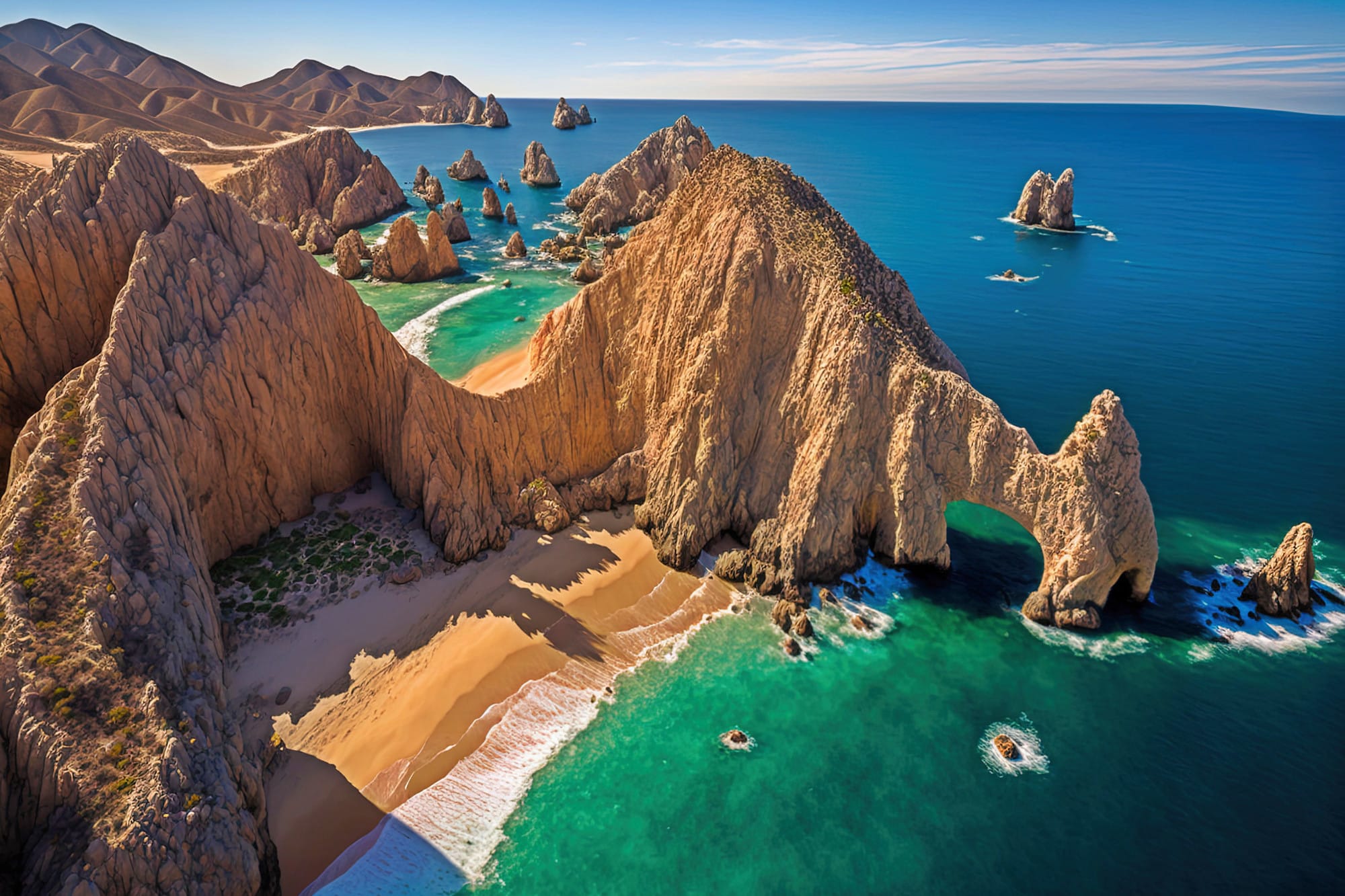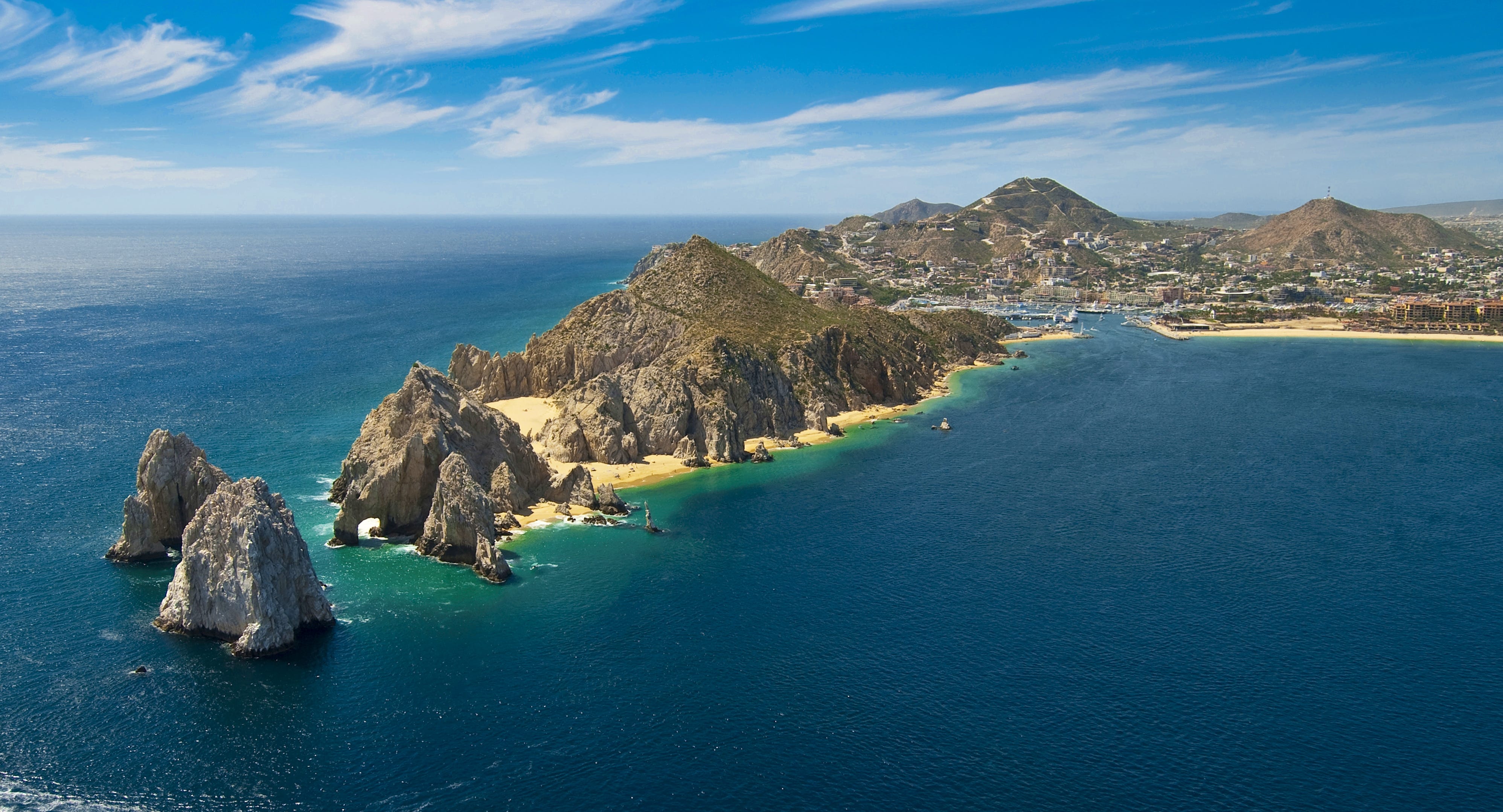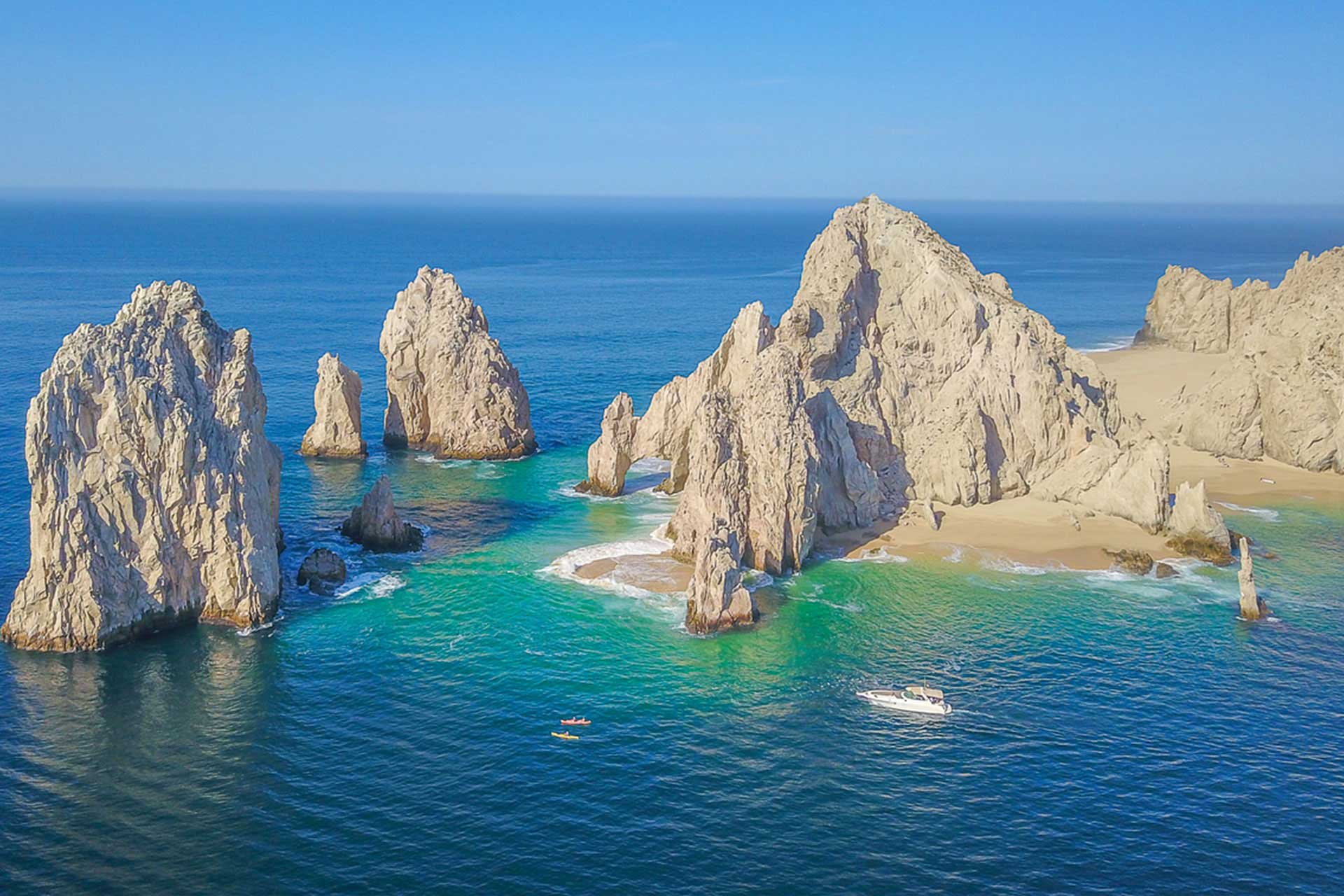Staying Safe In Paradise: Understanding "Cabo Drowning" And Beach Safety
Cabo San Lucas has, for many, become a very popular spot for holidays and relaxing breaks. You find a variety of interesting places and timeshares that have been built right along the coast, stretching between San Lucas and San José. It's a place where the land meets the sea in a truly wonderful way, and where, you know, it feels like any boundaries just disappear, letting you explore freely. This area, Los Cabos, is quite stunning, sitting at the very tip of Mexico’s Baja California Sur state. It's known for its ocean fun, fancy resorts, and a lively night scene, making it one of the most sought-after places to visit.
While the beauty of Cabo draws people in, it's also important to think about staying safe, especially when you're near the water. Sometimes, when people search for "cabo drowning," they're really trying to figure out what risks might be there and how they can best protect themselves and their loved ones during their visit. This concern is, frankly, a natural one when you're planning a trip to a place with such powerful ocean waters.
This article will, in a way, help you understand the real deal about water safety in this amazing place. We will talk about common questions people have, give you some simple, practical advice, and help you get ready for a truly enjoyable and secure trip. So, you can relax and make the most of your time where the desert meets the ocean, knowing you've thought about how to be careful.
Table of Contents
- The Allure of Los Cabos: A Beautiful Escape
- Understanding Water Safety in Cabo
- Essential Tips for a Safe Cabo Vacation
- What to Do in an Emergency
- Frequently Asked Questions About Cabo Safety
The Allure of Los Cabos: A Beautiful Escape
Los Cabos, which is, you know, at the very end of Mexico's Baja California Sur, really is a special place. It offers so much for everyone, whether you are traveling by yourself, with friends, or with your family. This area has grown into a very popular spot, known for its amazing views and lots of things to do. It’s a bit of a dream destination for many people looking for sunshine and relaxation.
Where Land Meets Sea: The Cabo Experience
The way the land meets the sea here is quite something. It's a truly stunning meeting point, where the natural world seems to open up for exploration. Cabo San Lucas itself, often just called Cabo, is a resort city right at the southern tip of the Baja California peninsula. It’s pretty much the heart of the action, you know, with all the buzz.
You find a wonderful mix of desert landscapes and ocean views. This unique setting gives Cabo a very distinct feel. It’s not just a beach town; it’s a place where two different kinds of natural beauty come together. This makes for some truly memorable sights, like the famous rock formations at Land's End, also known as El Arco, which are, frankly, iconic.
Activities and Attractions
There are so many things to do in Cabo San Lucas, Mexico. You can get up close with whales, which is, you know, an incredible experience, or explore those famous rock formations. Our travel guides cover everything you might want to know for an amazing Cabo vacation. This includes the best times and places to visit, and even helps you figure out the differences between Cabo San Lucas and San José del Cabo, which are, you know, two distinct spots in the region.
From whale watching to exploring the famous rock formations, there are many adventures waiting. This ultimate travel guide helps you plan a fantastic beach vacation. You can find places for luxury stays, top beaches to relax on, and lots of tours to join. It's a place that, really, caters to all sorts of interests, ensuring everyone finds something they enjoy.
Understanding Water Safety in Cabo
While Cabo offers so much fun, it's very important to understand the ocean itself. The waters around Los Cabos are part of the Pacific Ocean and the Sea of Cortez, and they can be quite powerful. Knowing a little about what to expect can help you stay safe and enjoy your time more. It's not about being scared, but about being, you know, smart.
The Realities of Ocean Conditions
The ocean here, just like in many beautiful coastal areas, can have strong currents and waves. Not all beaches are safe for swimming, and this is a key point to remember. Some areas might look calm from the shore, but they can, actually, have hidden dangers below the surface. This is why paying attention to local warnings is, frankly, so important.
For example, some beaches, especially those facing the open Pacific, tend to have very strong undertows and rip currents. Even experienced swimmers can get into trouble if they are not careful. It's a good idea to, you know, always check with locals or your resort staff about which beaches are considered safe for swimming on any given day. Conditions can, sometimes, change quite quickly.
What are Rip Currents and How to Spot Them?
Rip currents are, basically, strong, narrow channels of water that flow quickly away from the shore. They can pull even strong swimmers out to sea. You might spot them as a channel of choppy water, a line of foam or debris moving steadily seaward, or a noticeable break in the incoming wave pattern. It's, honestly, good to know what they look like.
If you ever get caught in a rip current, the most important thing to remember is not to fight it. Try to stay calm, which is, you know, easier said than done, but it helps. Swim parallel to the shore until you are out of the current, and then swim back to the beach. If you can't swim out of the current, float or tread water and wave for help. This simple bit of knowledge could, arguably, make all the difference.
Why "Cabo Drowning" is a Concern
When people search for "cabo drowning," they are often looking for information about incidents that have occurred. These incidents, while not common for the vast majority of visitors, do happen. They usually involve people who might not be aware of the strong ocean conditions, or who, perhaps, overestimate their swimming abilities. It's a serious topic, and one that, you know, deserves careful thought.
The concern isn't to scare anyone away from visiting. Rather, it's about making sure visitors are well-informed. Knowing about the potential for strong currents and understanding where it's safe to swim can help people avoid dangerous situations. It's about being prepared, which, frankly, makes any vacation much better. You can learn more about safety measures on our site.
Essential Tips for a Safe Cabo Vacation
Making your Cabo vacation safe is actually quite simple if you follow a few basic rules. These tips are, basically, about respecting the ocean and being aware of your surroundings. They are not complicated, but they are, in a way, very important for everyone in your group.
Beach Safety Flags: Your Visual Guide
Many beaches in Cabo use a flag system to tell you about water conditions. Learning what these flags mean is, honestly, one of the easiest ways to stay safe. A green flag usually means conditions are calm and safe for swimming. A yellow flag suggests caution, meaning there might be moderate currents or waves. A red flag means conditions are dangerous, and you should not swim. Sometimes, a black flag means the beach is closed to swimming due to very high risk. Paying attention to these flags is, you know, your first line of defense.
It's pretty much like a traffic light for the ocean. Before you even think about getting in the water, take a moment to look for these flags. They are there for your protection, and they are, in fact, updated regularly by local authorities or hotel staff. So, make it a habit to check them out every time you visit a beach.
Always Swim Where It's Monitored
If you plan to swim in the ocean, try to stick to beaches that have lifeguards or are part of a resort area with designated swimming zones. These areas are, typically, monitored and often have clearer indications of safe swimming spots. It’s much safer to be where someone is watching out, just in case. This is, you know, a very good practice to follow, especially if you have children with you.
Some of the popular swimming beaches include Medano Beach, which is, in fact, known for its calmer waters due to its protected location. Other beaches might be beautiful for walking or sunbathing, but not for swimming. Always ask if you are unsure. Resort staff or locals can, basically, give you the best advice on where it is safe to take a dip.
Know Your Limits and Respect the Ocean
Be honest with yourself about your swimming ability. The ocean is not like a swimming pool. Even strong swimmers can be surprised by currents or unexpected waves. If you are not a confident swimmer, it's better to stay in shallower waters or enjoy the many other activities Cabo offers. There are, you know, so many ways to enjoy the water without swimming in the open ocean.
Also, never swim alone, especially in unfamiliar waters. It's always better to have someone with you who can help if something goes wrong. Avoid swimming after dark or after drinking alcohol, as these things can, pretty much, impair your judgment and physical ability. The ocean, you know, demands respect, and it's best to give it that.
Travel Insurance: A Smart Choice
While we hope for the best, having travel insurance can, actually, give you peace of mind. It can help cover unexpected medical emergencies, including those related to water incidents. It's a small investment that can, frankly, save you a lot of worry and money if something unforeseen happens. This is, you know, something many experienced travelers always make sure to have.
Before you leave, take some time to look into different travel insurance plans. Make sure the one you pick covers the activities you plan to do. It’s a good idea to understand what your policy covers and what it doesn't. This way, you're, more or less, prepared for anything that might come up, letting you enjoy your trip without that extra layer of stress.
What to Do in an Emergency
Even with all the precautions, sometimes things happen. Knowing what to do in an emergency can make a real difference. It's about being ready to act quickly and effectively. This knowledge is, you know, invaluable for any traveler.
Seeking Help Quickly
If you see someone in trouble in the water, or if you find yourself in a difficult situation, the very first thing to do is get help. Shout for a lifeguard if one is present. If not, try to get the attention of others nearby. Do not, in fact, try to rescue someone yourself unless you are trained and it is safe to do so. Many drownings happen when untrained rescuers get into trouble themselves.
Look for anything that floats that you can throw to the person, like a life buoy or a cooler. Extend a stick or a towel if they are close enough to the shore. The goal is to get them something to hold onto without putting yourself at risk. It's, you know, about being smart in a crisis.
Local Emergency Contacts
Before you travel, it's a good idea to have a list of local emergency numbers. In Mexico, the general emergency number is 911, just like in some other countries. You should also know the contact information for your hotel or resort, and perhaps the local police or medical services. Having these numbers readily available can, frankly, save precious time during an urgent situation.
Keep these numbers in your phone and maybe even write them down on a piece of paper. You never know when you might need them. Being prepared with this information is, basically, a simple but powerful way to ensure your safety and the safety of those around you. You can find more details on local services by checking out official government travel advisories, and also by visiting this other helpful article on our site.
Frequently Asked Questions About Cabo Safety
People often have similar questions when planning a trip to Cabo, especially concerning safety. Here are some common ones that, you know, come up quite a bit.
Is it safe to swim in the ocean in Cabo San Lucas?
It really depends on the beach and the conditions that day. Some beaches, like Medano Beach, are generally considered safe for swimming because they are more protected. Other beaches, especially those facing the open Pacific, can have very strong currents and waves, making them unsafe for swimming. Always look for safety flags and ask locals or resort staff for advice. It's, honestly, the best way to know.
What are the main dangers of swimming in Cabo?
The primary concerns are strong rip currents and powerful waves, particularly on beaches exposed to the open ocean. Undertows can also be a factor. It's not usually about dangerous marine life, but more about the strength of the water itself. Being aware of these natural forces is, you know, key to staying safe.
How can I stay safe on Cabo beaches?
To stay safe, always check beach safety flags, which indicate current water conditions. Swim only at beaches known to be safe for swimming and preferably where lifeguards are present. Never swim alone, and always know your own swimming limits. Avoid swimming after drinking alcohol or at night. These simple steps are, pretty much, your best defense.

Ultimate Guide: Top 33 Things to Do in Cabo San Lucas, Mexico

7 Reasons Why Every Luxury Travel Lover Must Visit Los Cabos Atleast

Save To Travel - Cabo